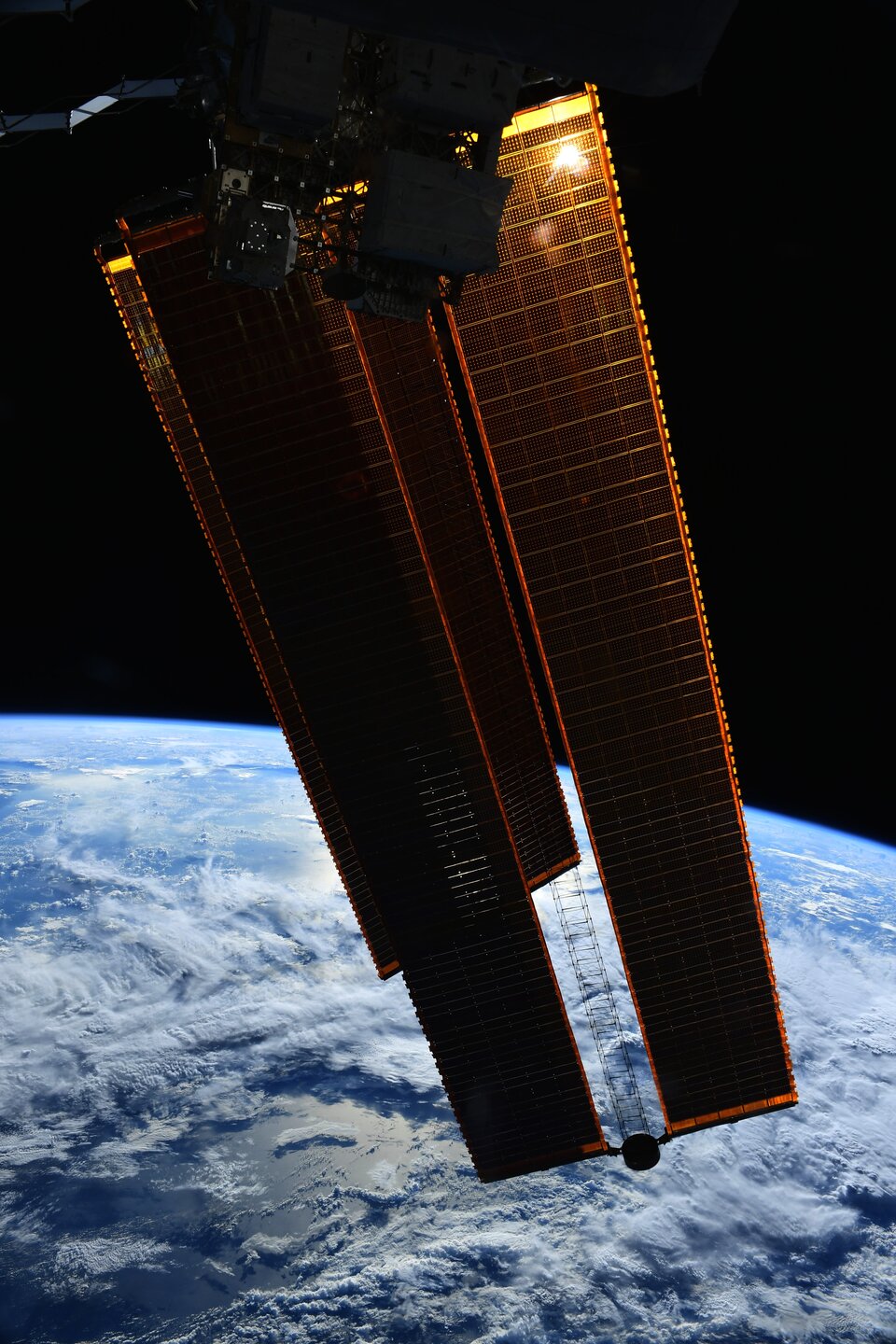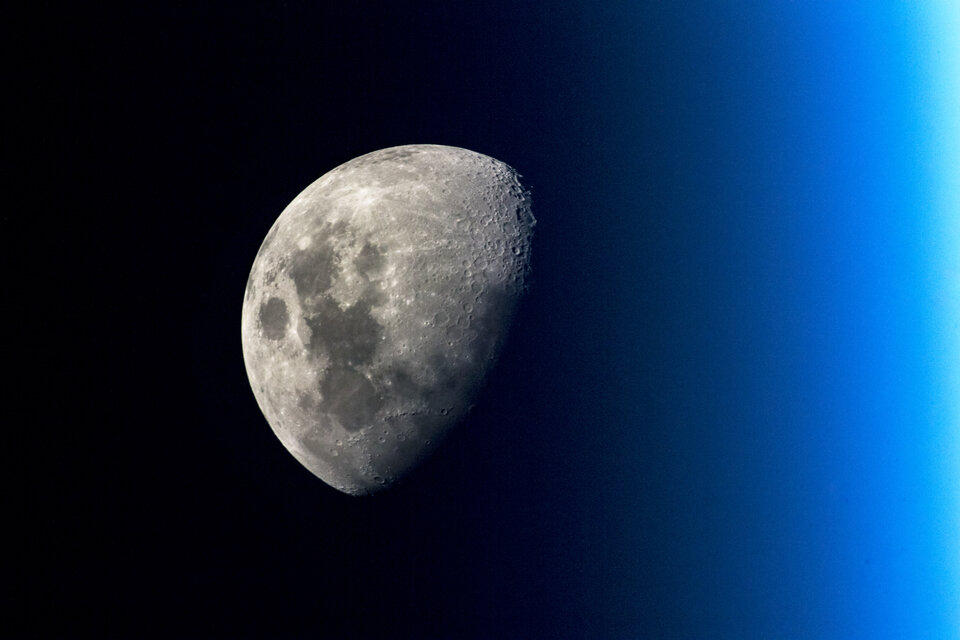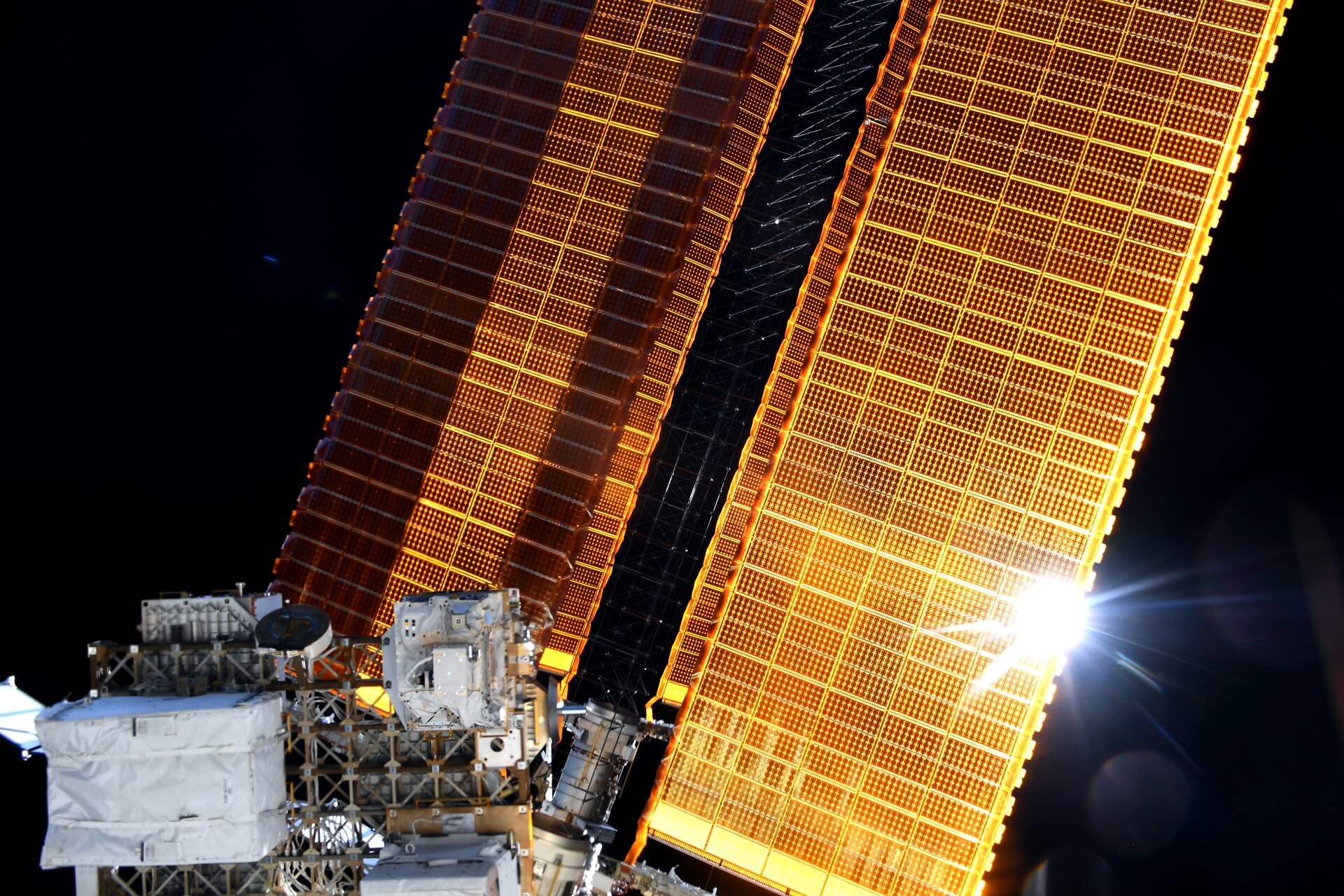Artificial photosynthesis for real oxygen

On Earth our varied and abundant species of plants produce all the life-giving oxygen we need to breathe, but when we venture outside of our world such as on the International Space Station or the Moon, we need to make our own.
Devices are currently being developed that mimic the process of photosynthesis in plants to turn sunlight and water into oxygen. A study by the University of Warwick, UK, the University of Bremen, Germany, and EPFL, Switzerland, sponsored by ESA, has shown that they will work on the Moon and even on Mars.
Currently, electrolysis is the most common way to produce oxygen from water, but this process requires electricity.
Inspired by plants, artificial photosynthesis devices produce oxygen from water and sunlight using semiconductor materials coated with metallic catalysts – and thereby bypasses the need for electricity.

“Water has been detected on the Moon and on Mars so this study paves the way to develop an alternative device that keep future astronauts breathing fresh oxygen on exploration missions,” says Brigitte Lamaze, ESA environmental control and life support engineer.
“More efficient and environmentally-friendly ways to recreate parts of the life-giving conditions of Earth’s atmosphere – using resources at hand – is promising to fine-tune our goal of creating a complete ecosystem in a box.”
“At ESA we are constantly pushing the boundaries of theoretical knowledge to develop and create better technology,” says Christel Paille, ESA environmental control and life support engineer, “This study is just one example of how we are progressing to understand the developments needed for new space technologies.”
Is it sunny on Mars?


The research team has calculated that artificial photosynthesis would even work on Mars, where sunlight is less intense as it is further away from the Sun. Simple solar mirrors to concentrate sunlight would improve the process and could lead to higher oxygen production yields.
“Several years of intense research will be necessary before we can use this technology in space, but copying the essential bits from nature’s photosynthesis could give us some advantages, and our study has shown that the theory is sound,” says Katharina Brinkert of the University of Warwick research team.
“The exploration of space relies on renewable energy and so has direct value for our energy transition on Earth. The insights we gain from designing and fabricating these artificial photosynthesis devices could help us meet the green energy challenge on Earth and could become a key part in realising our sustainability goals on Earth and beyond” concludes Katharina.
ESA funds a brighter future
This research was published in Nature Communications and is available here.
It is part of an ongoing project being funded by the Discovery element of ESA’s Basic Activities. The idea was originally proposed through the Open Space Innovation Platform (OSIP) in response to a call for ideas on sustainable hydrogen production technologies.


